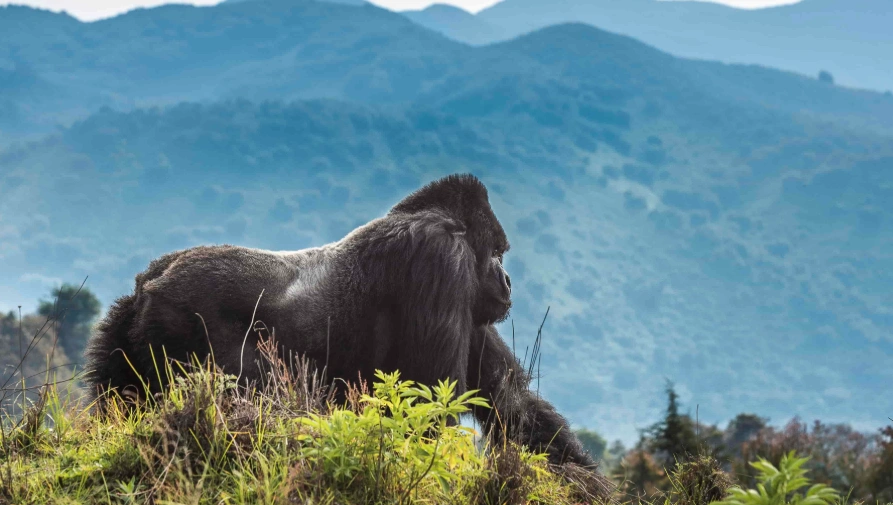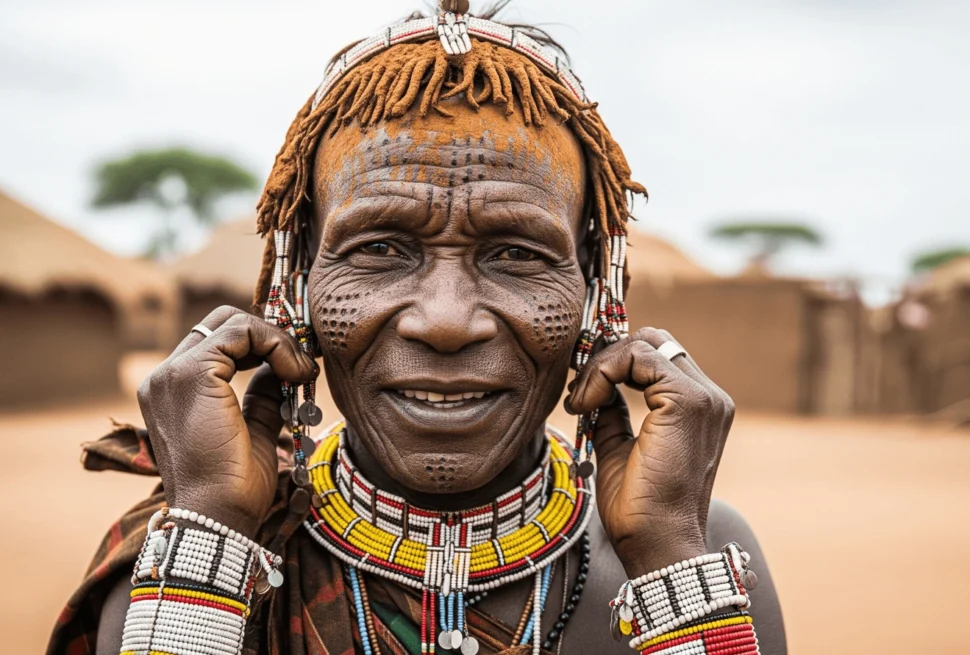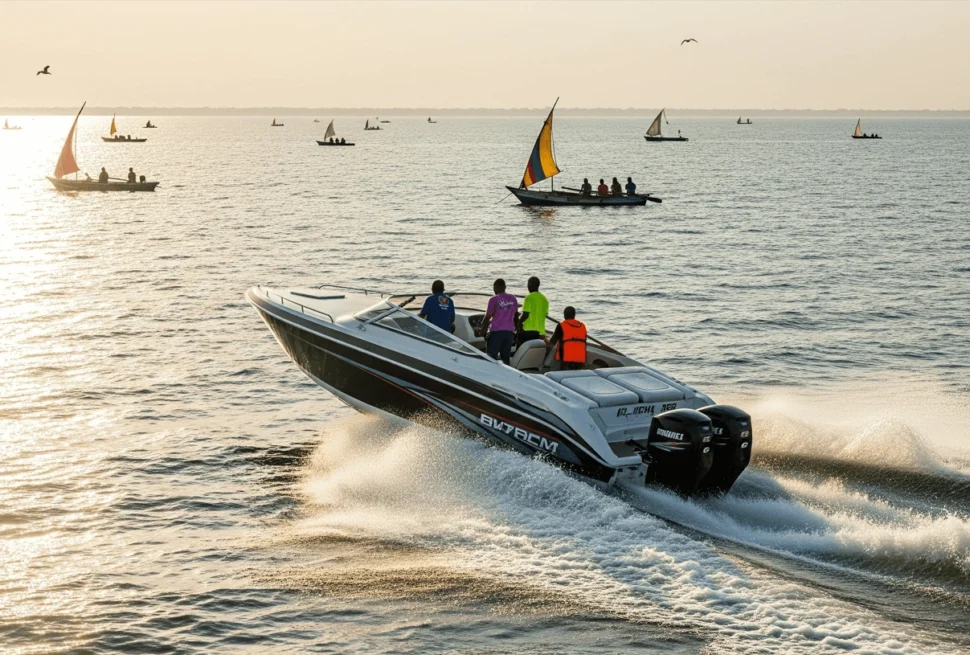There’s nothing like the buzz of a boda boda weaving through Kampala’s morning traffic. Or the quiet rhythm of a canoe gliding over Lake Victoria’s silky waters.
If you really want to feel Uganda — not just see it — you’ve got to move like the locals do.
Uganda’s transport scene is wonderfully alive. It’s chaotic, thrilling, sometimes baffling — and that’s exactly why we love it. From bodas to buses to good old-fashioned walking, here are the best ways to travel like a local in Uganda.
Key Takeaways
- Boda bodas are Uganda’s most common transport option, available everywhere from Kampala to Jinja — and now bookable via apps like SafeBoda.
- Tuktuks and bicycle bodas offer fun, short-distance rides in towns like Nateete and Jinja.
- Shared taxis and public buses are how most Ugandans commute between cities affordably.
- Uganda’s passenger train is a living relic, mostly used by locals moving around Kampala and Namanve.
- Canoes are essential on lakes like Victoria and Bunyonyi, especially for birding trips like our Mabamba Swamp shoebill tour.
1. Boda Bodas
If there’s one ride that defines Uganda, it’s the boda boda. These nimble motorcycles are everywhere. You can wave one down on the street or, in bigger towns, order one safely through apps like SafeBoda or Faras.
The ride? Fast, thrilling, slightly hair-raising — but incredibly efficient. For shorter distances, bodas are unbeatable. You’ll find bicycle bodas still rolling in places like Jinja, giving you a slower, breezier ride with a view.
Pro tip: Always wear a helmet. SafeBoda riders usually provide them.
For longer trips, though, let’s switch gears.
2. Tuktuks
In areas like Nateete, you’ll spot tuktuks buzzing around, especially for short, inner-city hauls. They’re three-wheeled, noisy, and a fun way to squeeze through tight streets.
Tuktuks aren’t as common as bodas, but they offer a more protected ride — especially handy when Kampala’s unpredictable rains hit.
3.Taxis
When locals say “taxi,” they don’t mean a yellow cab. Ugandan taxis are 14-seater minivans, flagged down from the roadside and shared with strangers heading in your direction.
They follow loosely defined routes, often blaring Afrobeat music with the conductor calling out stops like poetry in motion. If you’re not in a hurry and you want to mingle, this is the ride.
For city-to-city travel, you can hop on public buses that are inexpensive, packed, and a true slice of daily life.
4. Train
Yes, Uganda still has a train. And yes, it’s exactly as dilapidated as you’re imagining — but that’s part of the charm.
Uganda Railways operates a passenger service mainly between Kampala and Namanve. It’s slow, it rattles, and it feels like stepping into a time capsule. Locals use it for commuting, and tourists? Almost never.
If you’re looking for something deeply off the beaten track, this might be your ticket.
5. Walking
Sometimes the best transport is your own two feet.
Kampala, with all its chaos, is surprisingly walkable if you know where to go. Side streets, bustling markets, colorful neighborhoods — you can soak in so much on foot.
Our 1 Day Kampala City Tour is built for exactly this. We love wandering with travelers through Old Kampala, the taxi parks, and the spice-rich corners of Nakasero Market.
And when you leave the city? Walking long distances in villages is totally normal — it’s how life moves in rural Uganda. Long walks there don’t feel like transit. They feel like connection.
6. Canoes
Local canoes are more than transport. They’re a way of life.
On Lake Victoria and Lake Bunyonyi, canoes are everywhere — ferrying fishermen, school children, market women, and the occasional traveler chasing something rare.
If you’re up for birding, our 1 Day Mabamba Swamp Shoebill Tour takes you right into the swamp by canoe, paddled quietly as you search for that elusive Shoebill. It’s peaceful, ancient, and beautifully slow.
Fun fact: Many of Uganda’s dugout canoes are still handcrafted from single tree trunks — a skill passed down for generations.
7. Just Ask
Getting around like a local in Uganda often comes down to one thing: just ask.
People here are wonderfully helpful. Directions, rides, shortcuts — they’ll happily point you where you need to go, sometimes walking with you part of the way.
If you’re serious about getting under Uganda’s skin — about really feeling the heartbeat of this place — skip the private car once in a while. Take the boda. Ride the canoe. Hop the taxi. Walk the dusty path.
That’s where Uganda lives.
Getting around Uganda the local way is part of the magic. It’s gritty, joyful, sometimes bumpy, but always unforgettable.
If you’re planning your trip and want to weave these authentic experiences into your safari, request a quote — we’d love to help you put it together.
Frequently Asked Questions
1. Are boda bodas safe for tourists?
Bodas are generally safe if you use a trusted app like SafeBoda or choose riders with helmets. Avoid night rides in unfamiliar areas.
2. How much does a boda ride cost?
Prices vary by distance. A short ride in Kampala might cost UGX 3,000–5,000 (under $2 USD). Apps like SafeBoda show prices upfront.
3. Can tourists use public taxis and buses?
Absolutely. They’re open to everyone. Just be prepared for crowded, no-frills conditions — it’s part of the charm.
4. Where can I find tuktuks in Uganda?
They’re mostly found in Nateete, some parts of Kampala, and smaller towns like Jinja. Ask locals for the best pick-up spots.
5. Is it common to walk on safari?
While walking in cities is fine, bush walks in national parks are guided activities. Check out our gorilla trekking rules and safari guidelines for walking safaris.





